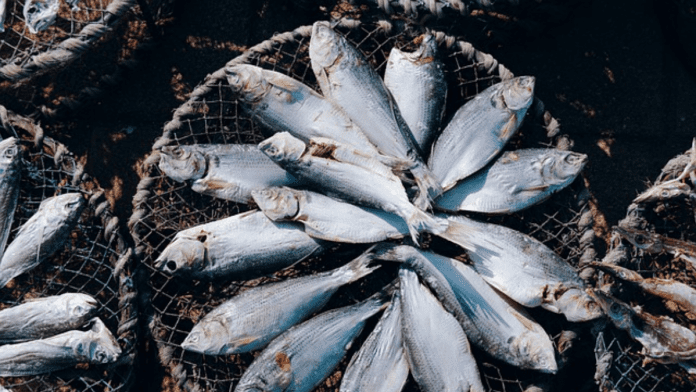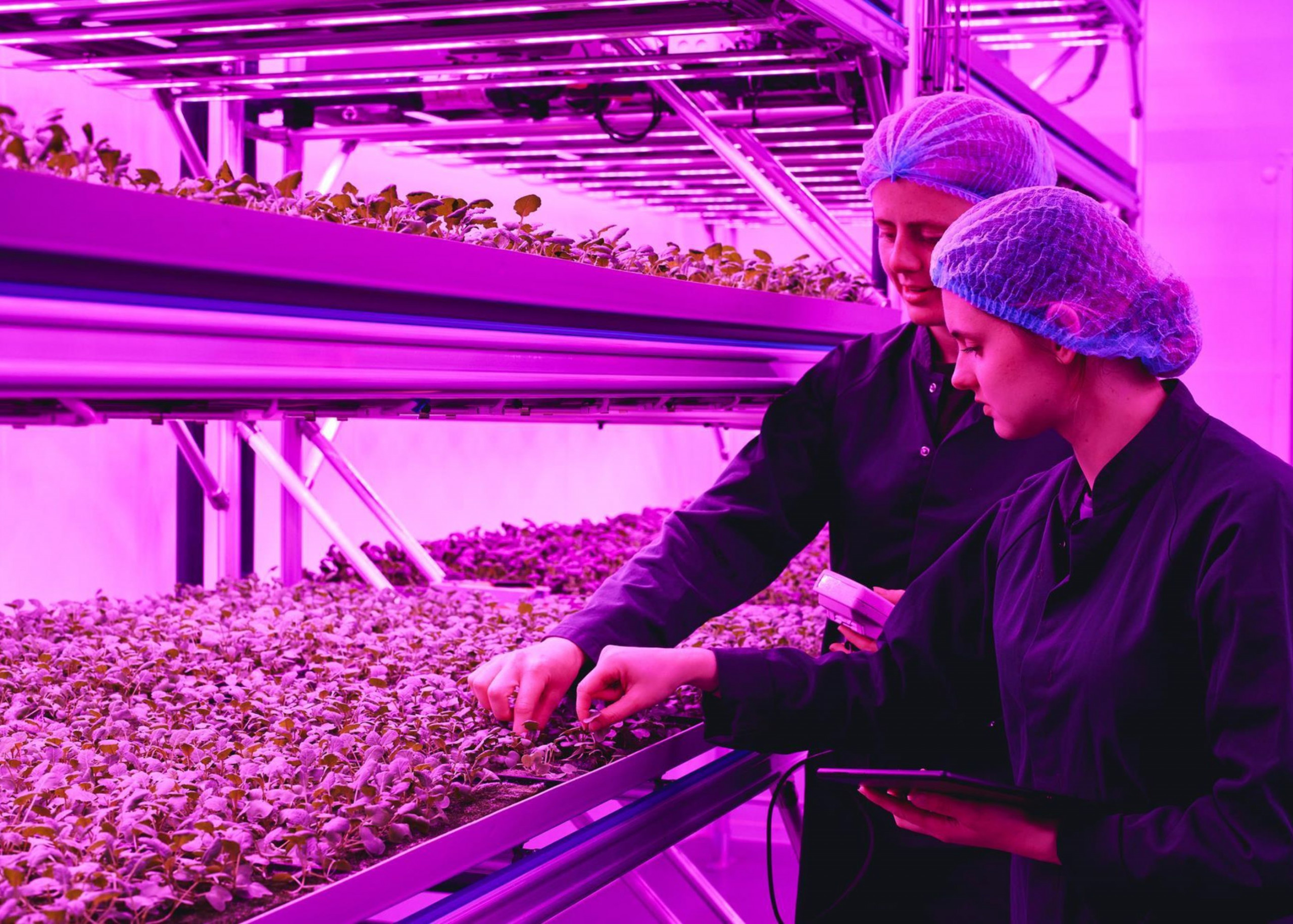News in brief:
– FAO targets a 35% increase in aquaculture production by 2030 to meet escalating seafood demand and combat global hunger.
– Aquaculture, experiencing a 54% surge since 2011, emerges as a critical sector, with FAO initiatives empowering local farmers and spurring transformative projects worldwide.
The United Nations Food and Agriculture Organization (FAO) has set its sights on a 35% increase in aquaculture production by 2030, driven by a surge in demand for seafood and the urgent need to combat global hunger.
At the close of a three-day regional conference in Colombo, Sri Lanka, the international organisation unveiled its ambitious plan to bolster aquaculture output, according to a news coverage of the event.
With seafood consumption on the rise, particularly in the Asia-Pacific region, FAO seeks to harness this momentum to alleviate hunger and malnutrition worldwide.
Aquaculture has experienced a remarkable 54% surge in production since 2011, cementing its status as one of agriculture’s fastest-growing segments. The FAO’s Blue Transformation roadmap outlines strategies to further revolutionise aquatic food systems by the dawn of the next decade.

Tackling food insecurity head-on
The FAO’s initiative comes as the specter of chronic undernourishment looms large, with an estimated 600 million people expected to grapple with food insecurity by 2030. However, there is hope on the horizon, especially in Asia and the Pacific, where proactive measures could slash the number of undernourished individuals from 371 million to 202 million within the same timeframe.
Angela Lentisco, a Fisheries and Aquatic officer at the FAO, underscored the pivotal role of fisheries and aquaculture in addressing food insecurity at the regional level. With the FAO’s assistance, member countries are poised to cultivate and expand this vital sector, empowering local communities and fortifying food systems against future challenges.
In Sri Lanka, the FAO’s interventions have catalysed several transformative projects aimed at enhancing the country’s fishing industry. With over 2.5 million livelihoods reliant on this sector, these initiatives are not only bolstering economic resilience but also fostering sustainable development across the island nation.



